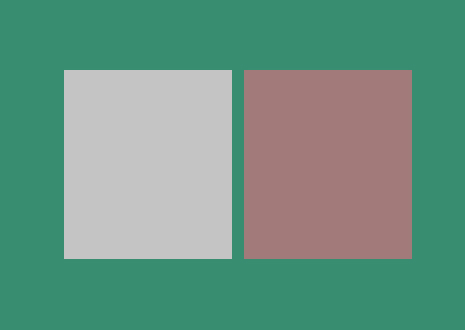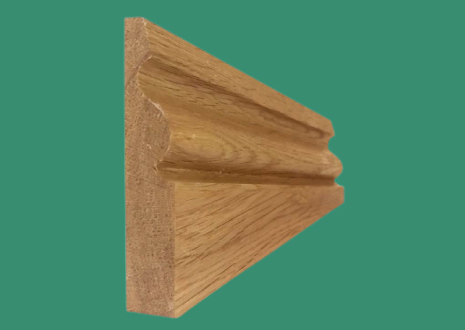Glossary

Undertone is a term that refers to the subtle colouration that is added to a paint mixture that can be seen under the primary colouration. The undertone may not be easily noticeable but is greatly affective on the overall mood of the paint. Undertones can make a painted surface feel warmer by using undertones of pink or yellow. Alternatively, they can make a painted surface feel cool by using undertones of purple, blue or green. Undertones are mostly utilised with lighter paints like creams, beiges or whites but they are utilized in all sorts of colours.
Understanding the undertones in paint is very important before using it as it can give a better understanding of what the final result will look like. Paint is visually very different when wet and dry. Knowing the undertones used in the paint can indicate what it will look like dry without wasting time and money on samples.
Gloss paint definition
Gloss paint is a term that describes any paints that when dry reflects some amount of light. Gloss paints can come in a wide range of variety in the amount of light that is reflected from matte (that has little reflection) to high gloss (which is very reflective) and varying levels between each, which are […]

Architraves | Arcs are words that originate from the ancient Greek word epistyle used to describe the plaster feature at the top of columns. In modern architecture, an Architrave | Arcs is used to describe the moulding that rounds of walls, doorways or even windows. While Architrave is the correct team they can also go […]
Obtain Free,
No-Obligation Quotation